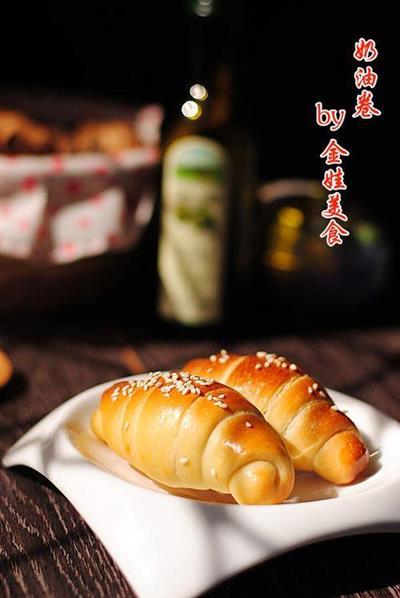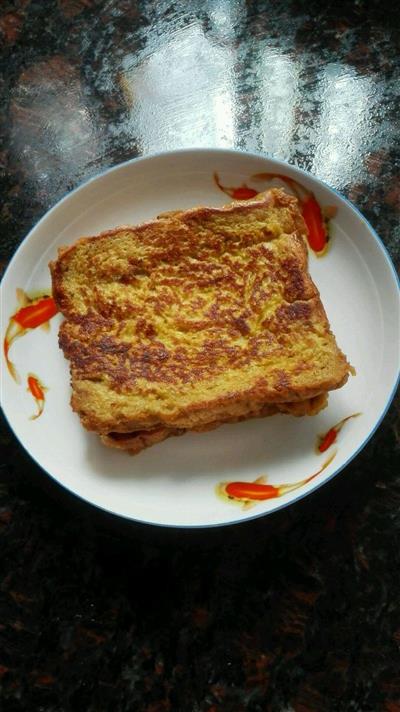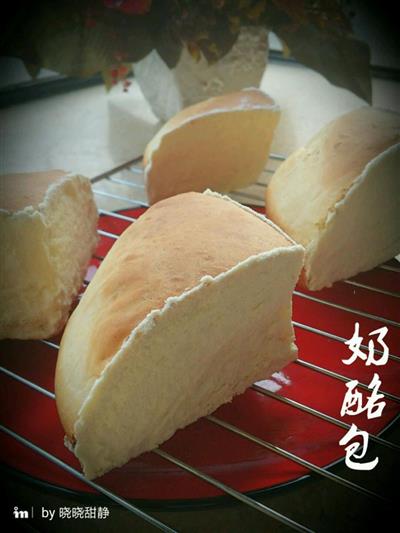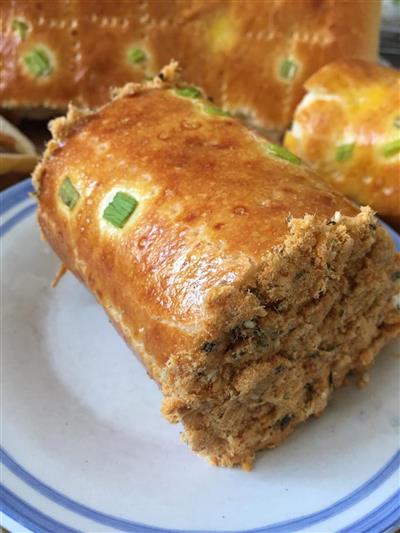Andama bread
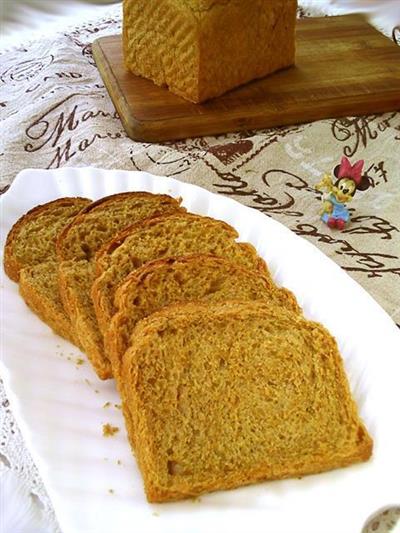
The first loaf of bread made by the apprentice baker.The traditional recipe for this bread is to use a direct method, but this time I used a dipping solution and sponge yeast to evoke more flavor in the grain.Impregnation is another name for yeast.It is a yeast-free yeast, usually made from coarsely processed grains such as cornstarch, rye flour, or crushed wheat, which is soaked overnight in milk or water to activate the enzymes in the grains, release some of the sugars trapped in the starch, and soften the coarse grains.Although little or no substantial fermentation occurs in the impregnation fluid, the effect of the impregnation fluid on the dough is not negligible.Corn contains a lot of natural sugars, and the sugars are trapped in complex carbohydrates like starch, so we need to release them and perfect this already great taste.The brand and type of honey affect the final taste.....Sugarcane is rich in iron and other minerals, but some brands are rougher and darker in color.I recommend using the brand with the mildest and purest flavor you can find.Unless you like the rich flavor of dark-colored bread.I almost bought back a can of candy.However, after seeing the size of the can, I was completely overwhelmed by the idea of making all the bread in the bakery, probably with only a few large spoons.And if you happen to be the one who likes the darker colors and the richer flavor, then replace it with your own version.Rough corn flour bread.It's golden brown, with coarse cornstarch on the surface, and it looks exactly like the one in the picture.It's a little rough, but it's what I love....
WHAT YOU NEED
Ingredients
56 grams of maize flour75 grams of water191 grams of starch2 grams of dry yeastTwo tablespoons of honey9 grams of butterCoarse corn flour in moderation3.5 grams of salt
How TO MADE Andama bread
Steps 1 to 4
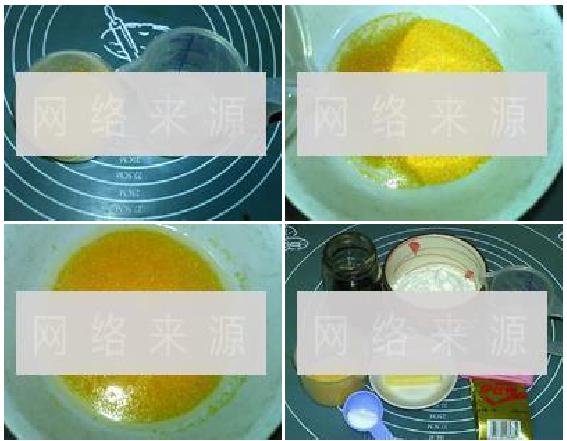
1. Ingredients for impregnation
2. Pouring water into cornstarch
3. Stir evenly, cover with a preservative film and leave overnight at room temperature.
4. Dough
Steps 5 to 8
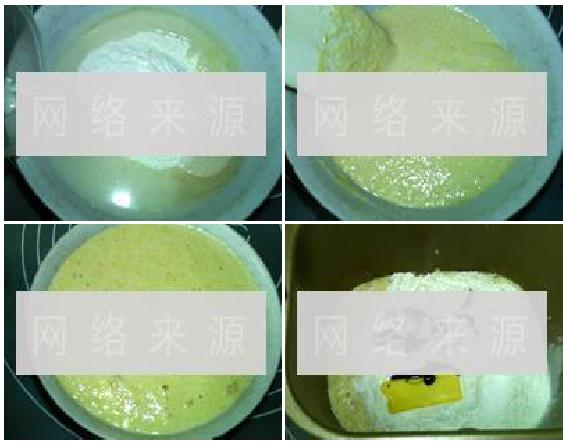
5. 85 grams of flour, yeast, water, poured into the infusion
6. Stir evenly, cover with a preservative film, ferment for 1 hour
7. The dough begins to bubble.
8. Add the remaining flour, sugar, salt, and butter.
Steps 9 to 12
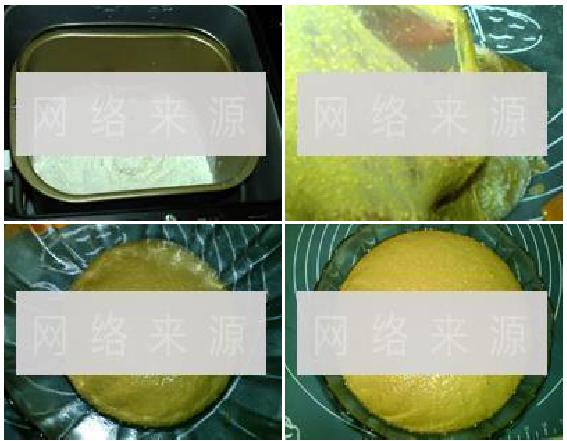
9. Put the bread in the baking machine, and the dough is mixed for about 20 minutes.
10. Pull out the film.
11. Put it in a bowl and ferment for 90 minutes.
12. Growing up
Steps 13 to 16
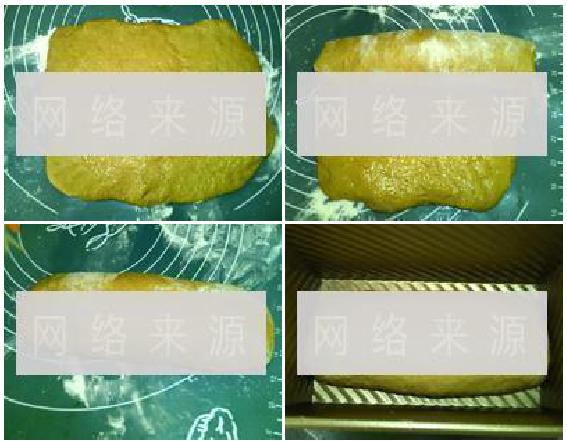
13. Remove and flatten the square.
14. Rolled up
15. It's cylindrical, with the mouth facing down.
16. Put it in a saucepan and ferment for 60-90 minutes.
Steps 17 to 20

17. The dough is filled with mold.
18. Spray water on the surface and sprinkle coarse cornstarch
19. Put in the oven, middle and lower layer, 177 degrees, bake for about 40-50 minutes
20. It's golden brown, and it's coming out.
Steps 21 to 24
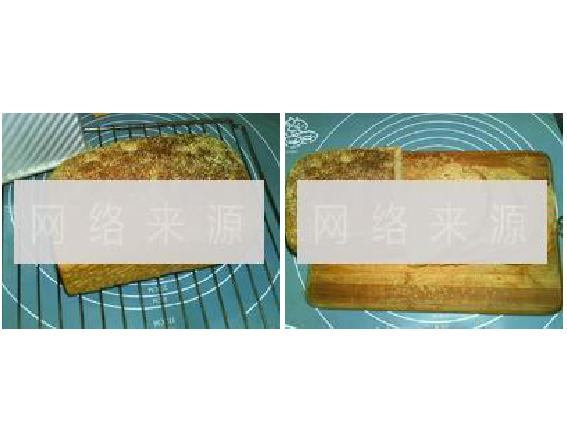
21. Immediately remove the mold and dry.
22. Cooled for more than 1 hour, sliced
Handy cooking tips
The fermentation time needs to be adjusted according to the actual temperature.It can also be cooked directly in the oven without applying cornstarch to the surface.The baking time and firepower need to be adjusted according to the actual conditions of the oven.
REACTION RECIPES
- No oven - French fries and soft biscuits
- Carrots and almonds
- Cranberry cookies
- Tea-flavored biscuits shaped like peaches
- I'm not sure what I'm going to do.
- Peaches and cookies
- Almonds and jelly cookies
- pebern-dder Danish traditional small biscuits
- This is a very simple cranberry cookie.
- Margaret's cookies - the entrance is improvised
- Grape juice
- Greek coconut
- Cookies and cakes
- Sweet red oatmeal cake
- Private pumpkin pie
MOST POPULAR RECIPES
- Peanut butter
- Margaret, please.
- Tea-flavored cranberry biscuits and cocoa nuts
- Lemon and banana pie
- Peanut butter and cookies
- Peanut butter and cookies
- Cabbage cake and cheese
- Margaret's cookies
- Chess beans
- Peanut butter
- Cinnamon and walnut soup
- Tea and sugar cookies
- Afternoon tea - red bean soup
- Margaret's cookies
- Whole wheat cookies

 DESSERTS
DESSERTS  BAKING
BAKING  MAIN DISHES
MAIN DISHES  SNACKS
SNACKS  CHINESE FOOD
CHINESE FOOD  HOME
HOME